Northrop Frye's First Essay
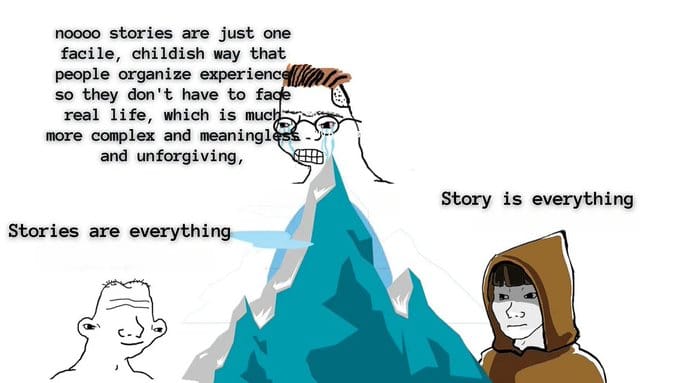
Bringing it all together
Let's do a brief recap.

First, I described Northrop Frye's model of stories as a phase space. A phase space describes all possible states of a system through time. You can build one up by seeing how one thing changes into another thing, and following that through time.

Next, I looked at the first part of the First Essay, heroic modes of action. One of the ways we can describe a story is by analyzing the mode of action:
- In the mode of myth, the hero is superior in kind to other men and the environment of other men. These stories in which the hero is a divine being are important for literature, but generally fall outside the normal literary categories.
- In a romance, the hero is superior in degree to other men and to the environment, but is simply an extraordinary human being. The laws of nature in romances are often not those that we meet in the real world, but they are self-consistent once they are established.
- The high mimetic mode obtains when the hero is superior in degree to other men, but not to the environment. This is the kind of hero Aristotle principally had in mind: the leader whom we find in most epic and tragedy.
- The low mimetic mode treats of a hero who is no better than the rest of us, which we find in most comedy and realistic fiction. We respond to the hero's common humanity in this sort of fiction. The story must display the canons of probability that we use in ordinary experience.
- When the hero has less power or intelligence than ourselves, so that the scene is one of bondage, absurdity, or frustration, the mode is ironic.
We can also ask whether the hero is being integrated into society, which Frye calls comedy, or expelled from it, which he calls tragedy.
The party of the First Part
Finally, the second part of the First Essay is about thematic modes. Thematic modes are closely allied to modes of action, and share names and sequence or progression with them, but stories don't have to match up mode of action with thematic mode.
Frye also introduces the new dimension of encyclopedic and episodic, which is about identifying the bits and pieces (episodes) out of which comprehensive myths or bodies of lore are made (encyclopedic).
With that out of the way, let's look at how mode of action and theme interact. Frye says that we can think of mode of action as internal to the story, it is how the hero interacts with the fictional society he lives in. Theme is external to the story, it is something that is between the author and his audience.
Every story has both elements, but their relative prominence can differ considerably:
Hence every work of literature has both a fictional and a thematic aspect, and the question of which is more important is often simply a matter of opinion or emphasis in interpretation. We have cited Homer as the very type of impersonal fiction writer, but the main emphasis of Homeric criticism, down to about 1750 at least, has been overwhelmingly thematic, concerned with the dianoia or ideal of leadership implicit in the two epics. The History of Tom Jones, a Foundling, is a novel named after its plot; Sense and Sensibility is named after its theme. But Fielding has as strong a thematic interest (revealed chiefly in the introductory chapters to the different books) as Jane Austen has in telling a good story. Both novels are strongly fictional in emphasis compared to Uncle Tom's Cabin or The Grapes of Wrath, where the plot exists primarily to illustrate the themes of slavery and migratory labor respectively. They in their turn are fictional in emphasis compared to The Pilgrim's Progress, and The Pilgrim's Progress is fictional in emphasis compared to an essay of Montaigne. We note that as we move from fictional to thematic emphasis, the element represented by the term mythos tends to mean increasingly "narrative" rather than "plot."
-Northrop Frye, The Anatomy of Criticism, First Essay
And not only can mode of action and theme differ, each thing is not simply one note, but rather more like a symphony, a complex and time-bound blending of multiple different strands into a whole. Let's use some examples to see how this works.
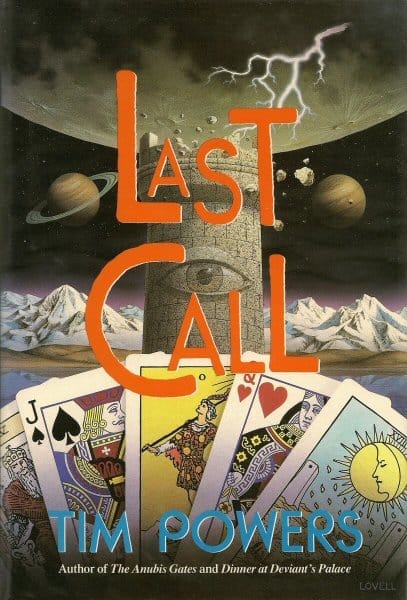
Last time I used Tim Powers' Last Call as an example of an ironic thematic mode.
I identified Last Call as operating in the ironic mode because Powers based it heavily off of Eliot's The Wasteland. But I think it is important to look at how different these works really are, while still being in conversation with each other.
Last time I said this:
Although Powers obviously didn't care much about Eliot's 1956 comment that he regretted publishing his notes alongside the poem as they had "sent so many enquirers off on a wild goose chase after Tarot cards and the Holy Grail." Powers choosing to lean in to the thing that Eliot wanted to get people to shy away from is a point we will return to.
Eliot, writing in the ironic thematic mode, was focused on pure craft, and the ironic technique of saying one thing and meaning another. Powers, on the other hand, very much means what he writes. For example, Powers once said:
Somebody once told me, "Dracula is actually about the plight of 19th-century women," and I said, "No, it's about a guy who lives forever by drinking other people's blood—don't take my word for it, check it out."
Powers took The Wasteland literally, and made a really awesome mythic adventure in the process. Powers imitated something of the sequence of The Wasteland, elaborated on the Tarot cards and the Holy Grail, and added in Greek myth. But then he used his characteristic technique of secret history to tie in strange things Bugsy Siegel did, like fishing off of a yacht in the full moon, funding a seemingly fruitless treasure search in Costa Rica, or investing huge amounts of money in the Flamingo Hotel, to craft a narrative that makes sense with all the rest, bringing myth and reality into concordance. Clearly, Powers is no slouch when it comes to pure craft.
In terms of mode of heroic action, sometimes Powers is writing in a low mimetic mode, his characters unremarkable Everymen, down on their luck or otherwise unassuming. However, in Last Call, when Scott Crane gets swept up into the competition to fill the empty slot of the Fisher King, Crane slips into an ironic mode of action, buffeted about by living archetypes that are more real than him, unable to control even his own body at times.
Last Call spans the range of Frye's thematic modes. The archetypes are myth, the Fisher King a romantic hero who can also be dethroned (high mimetic), while many of the people Crane meets are just like you and me (low mimetic), except maybe for the ones possessed by forces greater than themselves (ironic).
Sci-fi or fantasy novels that have mythological themes are not difficult to find. What makes Last Call remarkable is Powers' ability to make Georges Leon and Scott Crane seem like real people, while still instantiating a type. They seem real to me, rather than characters in a book. Each one, their loves and loss and failings, is like a person. That human verisimilitude is what balances out the craziness of a world where Tarot cards can kill you.
Being able to put all of that together is what makes Last Call a great book, although probably also a confusing one for readers who are not prepared for switching modes so often. The dominant mode is low mimetic, but Powers brings in the others as needed to allow characters to fill specific, mythically-resonant roles.
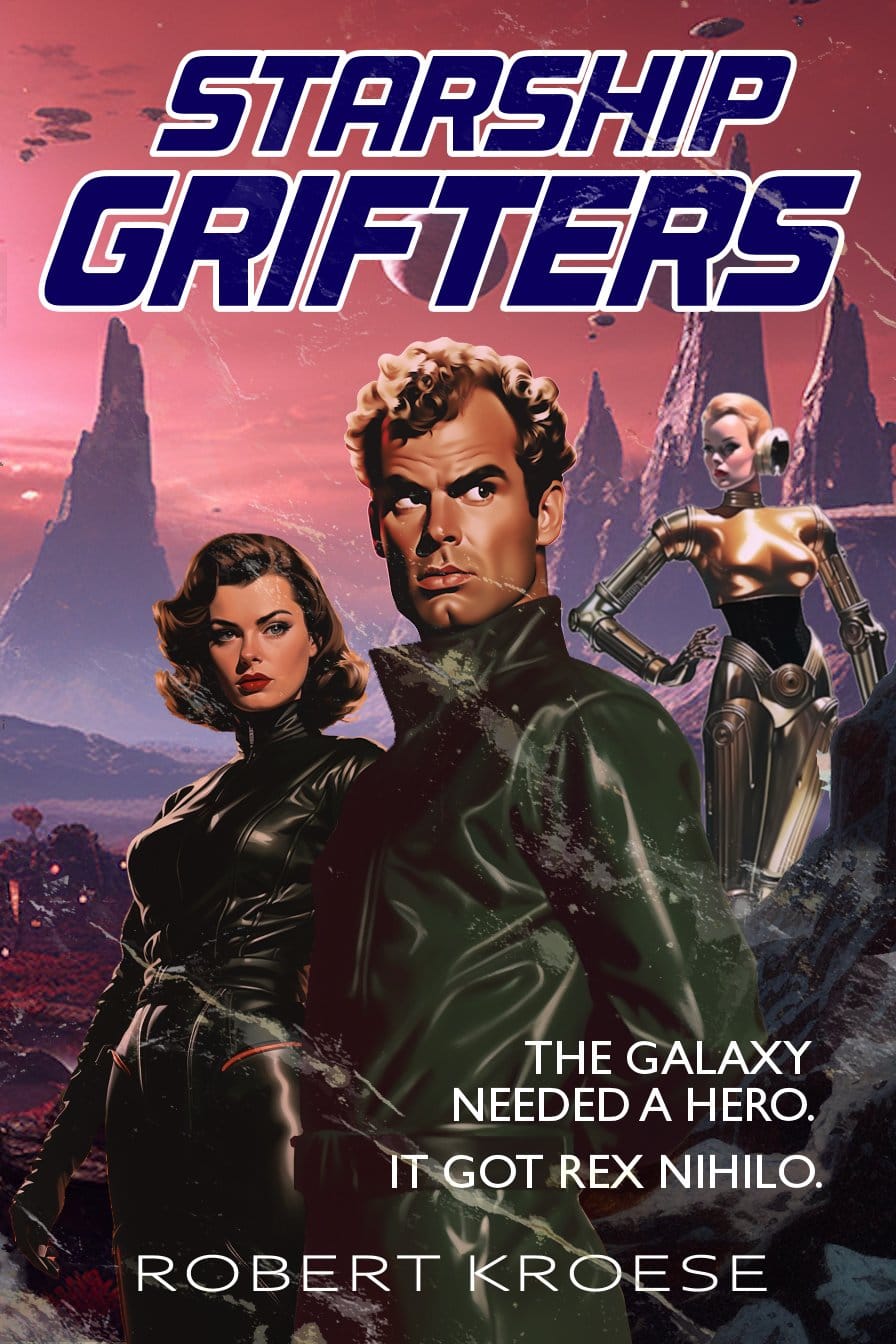
Now let's consider Rob Kroese's Rex Nihilo stories. The mode of action here is clearly ironic, Rex is an idiot, a holy fool who bumbles through incredible escapades. Yet the themes of the books are quite varied, and operate on a different level than the surface narrative about Rex drinking too much and making bad decisions and yet escaping not only unharmed, but somehow better off.
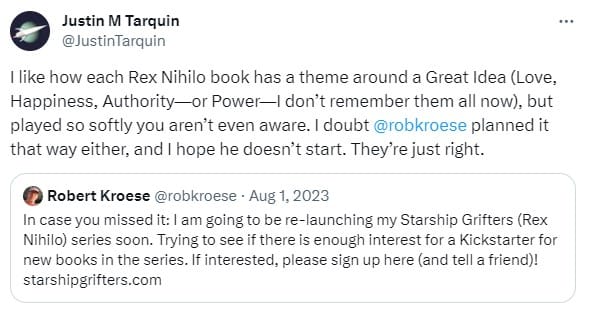
In addition to the difference between the mode and the theme, there is a surface level theme and hidden theme. The parody in Rex Nihilo is so over the top, dialed up to eleven all the time, that it can be hard to perceive the secondary theme, but it is actually there.
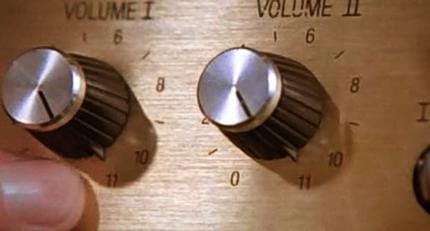
Another example of a less obvious theme, although one less obscure than Rex Nihilo, is Robert E. Howard's Conan. Conan has the status of a culture hero, everyone knows immediately what character you are talking about, even if that person has never read a book or watched a movie featuring him. But what that means is that hardly anyone has actually read the original stories, and so most people have only the vaguest idea of what they are actually like.
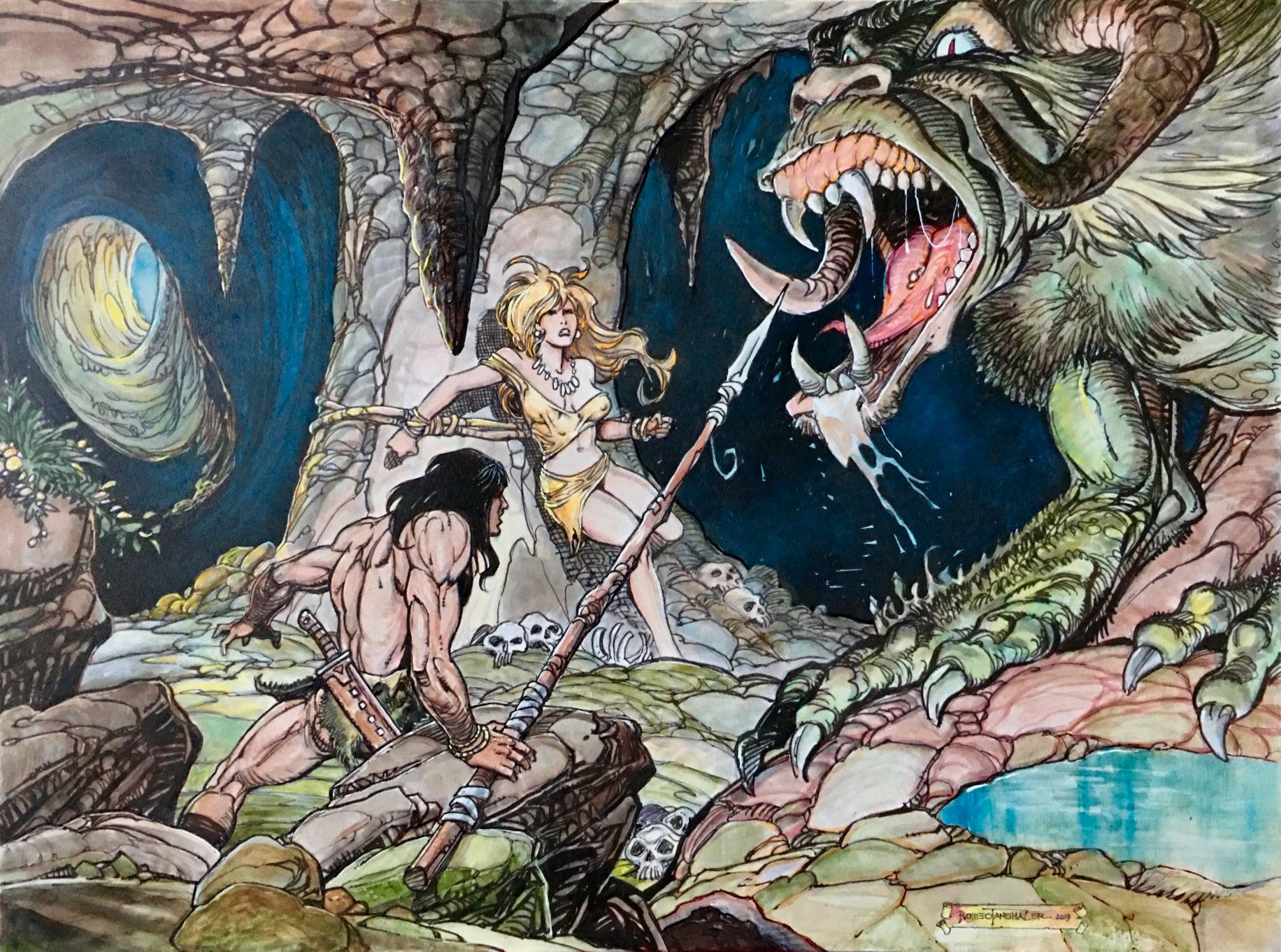
The complicated publishing history of Conan does not help. Howard's work was difficult to find after his death, and the mid-century popularity of Conan was mostly driven by pastiches written by authors like Lin Carter and L. Sprague de Camp, who did not address the same themes as Howard, instead preferring a more straightforward hack and slash style of adventure.
Also, neither de Camp nor Carter was capable of the verbal subtlety of Howard, as illustrated by this paragraph from "Shadows in the Moonlight":
Olivia glanced timidly about the great silent hall. Only the ivy-grown stones, the tendril-clasped pillars, with dark figures brooding between them, met her gaze. She shifted uneasily and wished to be gone, but the images held a strange fascination for her companion. He examined them in detail, and barbarian-like, tried to break off their limbs. But their material resisted his best efforts. He could neither disfigure nor dislodge from its niche a single image. At last he desisted, swearing in his wonder.
Thomas Bertonneau unpacks this paragraph in his article, Robert E. Howard’s Conan: A Paracletic Hero?
Of the seven sentences comprising the paragraph not one relies on a passive construction. Howard activates his verbs. The adverbs timidly and uneasily in the first and third sentences emphasize the girl’s alienation and nervousness. When the objects of her survey meet her gaze, the active verb hints at their actively supernatural quality, the topic of which Howard has already broached. In the second clause of the third sentence the phrase strange fascination underscores Conan’s keen curiosity and his sharp senses, always alert to danger, but possessing a deductive or inferential quality that signals the possessor’s intelligence. The ascription barbarian-like that Howard applies to Conan takes a detour through Olivia’s perspective.
There is in fact more that Bertonneau has to say here that is worth consideration, but I want to focus on theme rather than style. Both Bertonneau in the quoted essay and Alexander Palacio in "Conan the Culture Hero" identify an overarching theme in Howard's Conan stories of a rejection of decadent civilizations and the obscene cultic rituals that have a tendency to fester in them. When Conan comes across a purportedly civilized man about to offer a human sacrifice, he stops it.
Palacio elaborated on this further in his interview with Aaron Irber, that part of what animated Howard and other pulp writers was a sense that adventure was going out of the world, and routine and alienation were on the rise. Conan serves as Howard's reaction to the weaknesses of our civilization, his "barbarism" is a sign of opposition to decadence and moral decay.
And yet, at the same time, Conan really is a hero in a romance, going on a series of wondrous adventures. You don't need to appreciate Howard's verbal subtleties to enjoy the story, but for those who do, it deepens the experience. The mode of romance can be very simple, but that isn't the same as being simplistic or shallow, although such stories certainly exist.
That brings us to the end of the First Essay. Next up, the Theory of Symbols. I was going to talk about how theme can get away from an author here, but I think the Second Essay will be a more natural fit for that, as Frye gets into details of how and why that can happen.
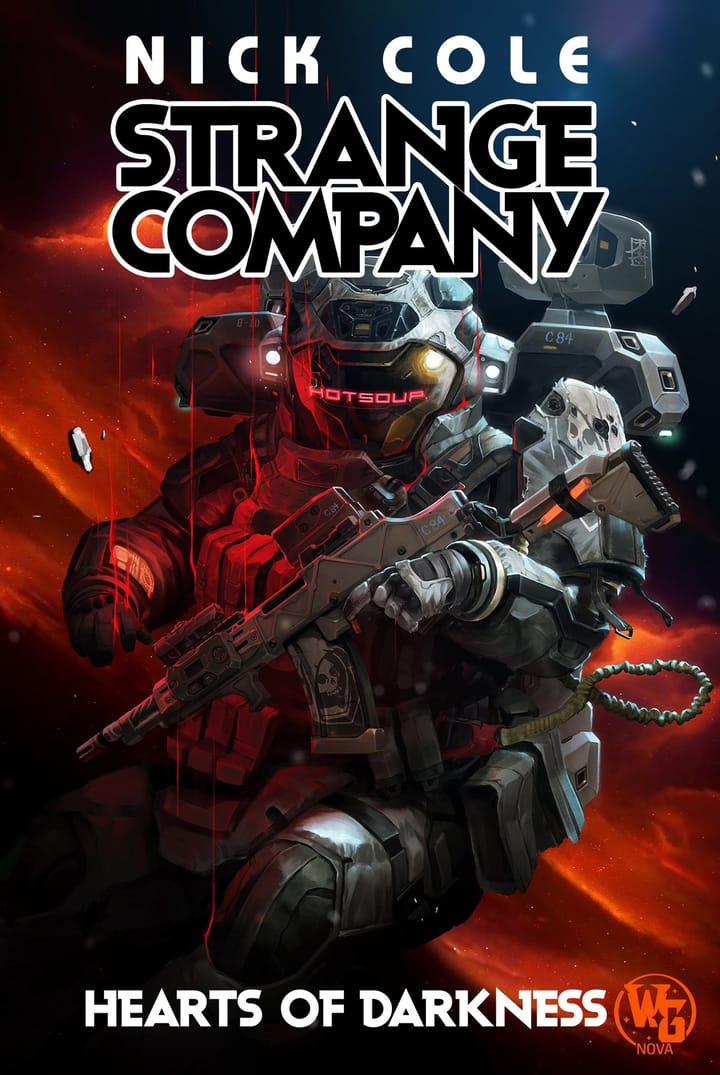


Comments ()